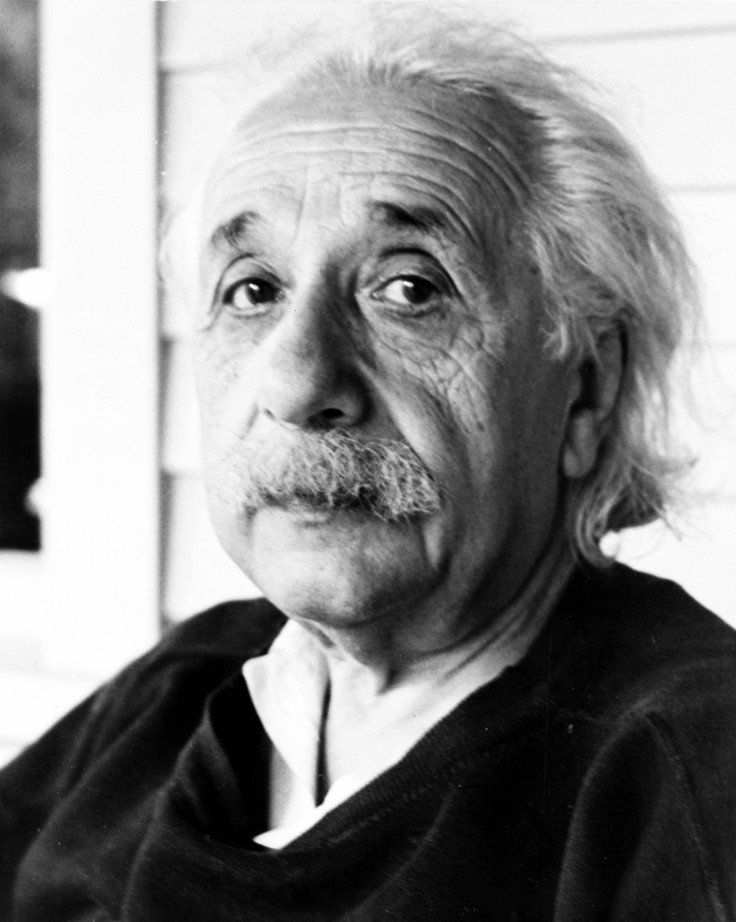Quantum physics: 'Spooky action' demonstrated again proving Einstein wrong

In yet another demonstration of "spooky action at a distance", scientists have proved Einstein wrong again.
The team at Griffith University and the University of Tokyo in Japan showed that measuring a particle does affect its location.
In the quantum world, a particle can be in any or many locations at a time, with the wave function merely giving a probability of it being at any place at a time.
The act of measurement interferes with this state of probability and the wave function collapses before the particle takes a definite position.
But the state of the particle is changed from what it was prior to the measurement. In a related phenomenon, two closely associated particles when separated seem to retain a memory of the other, with any change made to one affecting the other instantaneously.
When first suggested in the 1920s and 1930s, Einstein dismissed the idea calling it "spooky action at a distance".
It seemed to violate the theory of relativity, which posits that the speed of light is an absolute limit on how fast any information can travel.
Einstein proposed that the particle is not in a superposition state or two places at once; but rather it always has a "true" location, and people just could not see it.
The phenomenon has been demonstrated with a thought experiment in which a light beam is split, with one half going to Alice and the other to Bob.
Alice then indicates if she detected a photon and if so what state it is in.
But Alice's measurement collapses the superposition, meaning the photons are in one place or another, but not both anymore.
Earlier experiments have shown entanglement between two particles and instantaneous transmission of information between the two. The present study sought to entangle a photon with itself to demonstrate spooky action.
The experiment is described in Nature Communications.
Photon entangled with itself
A beam of photons was fired at a splitter, so half of the light was transmitted and half was reflected. The transmitted light went to one lab and the reflected light went to the other.
The light was transmitted as a single photon at a time, so the photon was split in two.
One lab (Alice) used a laser as a reference, to measure the phase (angle of slant of the wave) of the photon. When Alice changed the angle of her reference laser, she got varying phase measurements of the photon as well as situations where it was totally absent.
The state of Bob's photon depended exactly on what Alice measured showing that the two are closely interlinked across time and space.
Howard Wiseman, director of Griffith University's Centre for Quantum Dynamics, who led the experiment, told Live Science: "If Alice sees a photon, that means the quantum state of the light particle in Bob's lab collapses to a so-called zero-photon state, meaning no photon. But if she doesn't see a photon, Bob's particle collapses to a one-photon state."
This means in essence Alice's measurement dictates Bob's.
With entanglement, when measuring one half of the entangled pair, the other half instantly assumes the exact opposite state so that together the probability of either state remains the same.
Scientists had recently demonstrated using entangled beams of photons that it is possible to obtain an image of an object with light that never fell on the object.
Researchers at the Kavli Institute of Nanoscience Delft managed to teleport quantum information stored in one section of a diamond to another, in what could be applied to quantum networks that transport information instantaneously.
Entangled photons have been created which hold much promise in ultrafast computing and communications besides foolproof cyber security.
© Copyright IBTimes 2025. All rights reserved.





















